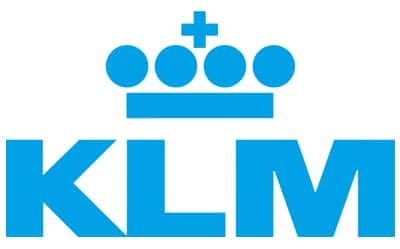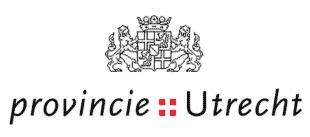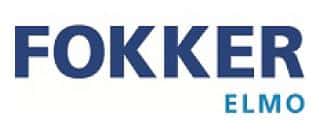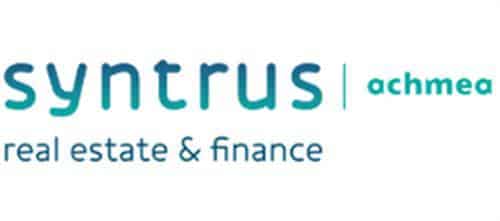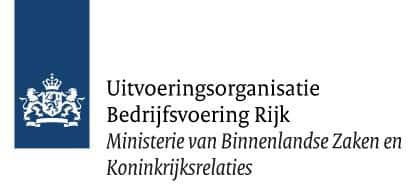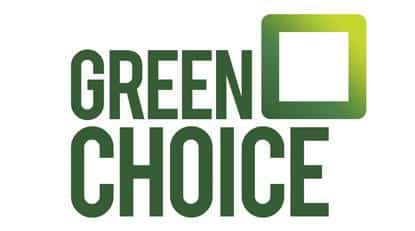Heb je vragen of opmerkingen? Aarzel niet om contact op te nemen. Dat kan via de algemene contactgegevens, rechtstreeks met de genoemde contactpersoon op een van de detailpagina’s, of via onderstaande knop.
Contact
8 september 2025
AI en programmeertalen
Als vervolg op de vraag hoe ChatGPT ziet hoe AI het vak van software developer zal veranderen, nu aan ChatGPT de vraag gesteld voor welke software-omgevingen naar verwachting snel of juist minder (snel) de gevolgen merkbaar zullen zijn.
24 september 2025
nlOUG Database Cloud en Developer Dag
13 november 2025 vindt de Database Cloud en Developer Dag (DC&D) plaats – hét najaarsevent voor IT-professionals die werken met Oracle-technologie, met drie krachtige tracks: Database, Cloud en AI. inSystems is een van de sponsoren van dit event.








